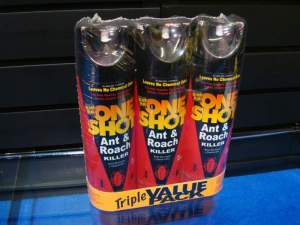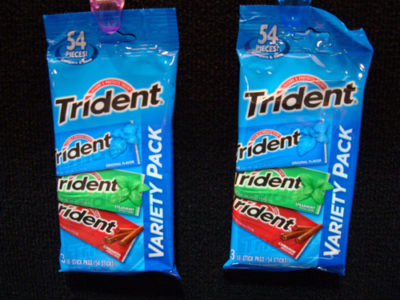Many products require a wrap once the primary packaging or assembly has been completed. Several other methods are used to accomplish a product wrap, and all the wrapping options discussed here are clear “retail” wraps so that the product inside can be displayed clearly. However, each one of these methods is done on different types of packaging equipment and is used for different applications.
Shrink Wrapping
Shrink Wrapping is the most common of all the different types of retail product wraps. It is typically used as a layer to protect the product from dust, fingerprints, or damage. After product assembly, the finished product is enveloped in a clear film layer that gets sealed on all 4 sides. An “L” bar sealer or semi-automated piece of equipment can do this or run through a fully automated shrink-wrap production line if volume warrants the set-up. 
After the wrapping process, the product runs through a connected heat tunnel and shrinks the film tightly around the geometries and contours of the product, giving it a glossy and high-end finished look. Even though the packaging company selects the exact film and gauge to manage production efficiently, a customer can make suggestions on both types of film as well as the gauge of the materials.
Shrink film is typically made of either PVC or polyolefin. PVC will have a more “wrinkly” feel both before and after shrinking, and Polyolefin, which has a smooth texture, is the most common shrink film used in the industry today.
Years ago, the gauge or thicknesses of clear shrink film were limited to 60 gauge, 75 gauge, or, in heavy-duty applications, 100 gauge. Today, smaller and less expensive films made in 45 and 55-gauge have good shrink properties and often hold up to the same tensile strengths as the thicker alternatives.
Flow Wrapping
Flow wrapping (or “overwrapping”) is a wrapping style used for coupons, promotional items, samples, small items getting mailed, and more. This process is a horizontal form, fill, and seal process done on a “Flow wrapping” machine (the most common is a DoughBoy) and uses an OPP film, which does NOT get heated or shrunk.
 OPP (Oriented Polypropylene) can have a “wrinkly” feel and is more rigid than a shrink film. Certain types of OPP are FDA-approved so that the finished piece may be inserted into another package and come in direct contact with food. An example of this would be an overwrapped coupon in a cereal box.
OPP (Oriented Polypropylene) can have a “wrinkly” feel and is more rigid than a shrink film. Certain types of OPP are FDA-approved so that the finished piece may be inserted into another package and come in direct contact with food. An example of this would be an overwrapped coupon in a cereal box.
Food (such as candy bars, breakfast bars, etc) can also be over-wrapped as long as the packaging facility has the required food certifications and SOPs (Standard Operating Practices). The finished over-wrapped pieces can be cut individually or kept on a perforated “bandolier,” so they may be easily fan-folded and fed into a machine on a secondary line. An overwrap OPP film can be clear or fully printed with the customer’s artwork, depending on the customer’s needs.
Cello Wrapping
A cello wrap is a wrap that is most commonly recognized on a pack of cigarettes. It is also referred to as “Tuck” wrapping. The easiest way to tell if a product has been cello-wrapped is by sealed tucks on either end of the package. Cello wrapping requires a particular packaging machine (SCANDIA) and needs to be tooled explicitly for every individual box size that runs on it. Note that cello wrapping or “Tuck” wrapping can be expensive in terms of tooling and packaging costs, so any product requiring this type of wrapping should have a high ASP (average selling price). Examples of expensive items using this technology would be perfume or cosmetics.
Bundle Wrapping
Bundle wrapping is similar to shrink wrapping; however, it is more heavy-duty and is typically used for case packs or items heavier. The film used in the bundle wrapping process is much thicker than a shrink wrap film (usually 200 gauge and up). It is characterized by the “bull’s-eyes” or open circles at the opposing ends of the package used for gripping or carrying the heavy load. Gripping A bundle-wrapped package is easier because the wrap itself is easier to grip and can support the weight of the finished pack. A bundle wrap machine is unique as it is designed for heavier film and has other attributes that make it a much different overall process than shrink wrapping.
When your heavy product or case pack requires a very thick film with Bulls-Eyes, make sure you specifically ask your contact packaging provider if they have a “Bundling Machine,” as this is the only piece of equipment that can create the built-in handles at each side of the package.
With all wrapping requirements, Assemblies Unlimited has the expertise to discuss your next packaging project. Either fill out the Request For Quote form or call us directly to speak with a sales specialist.
